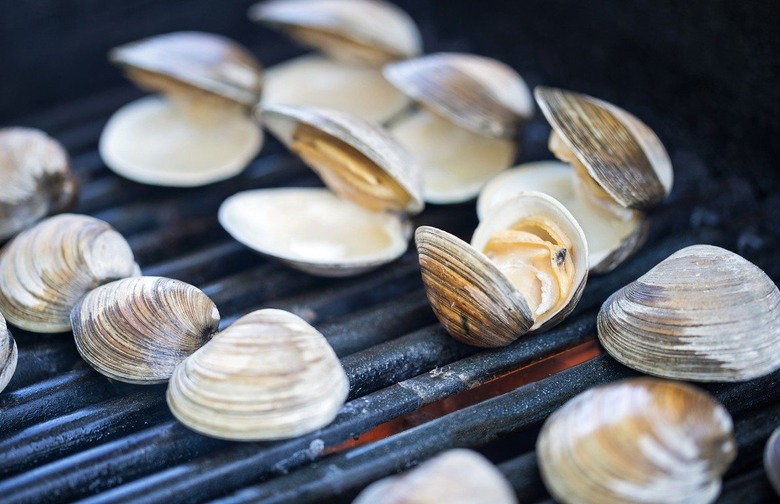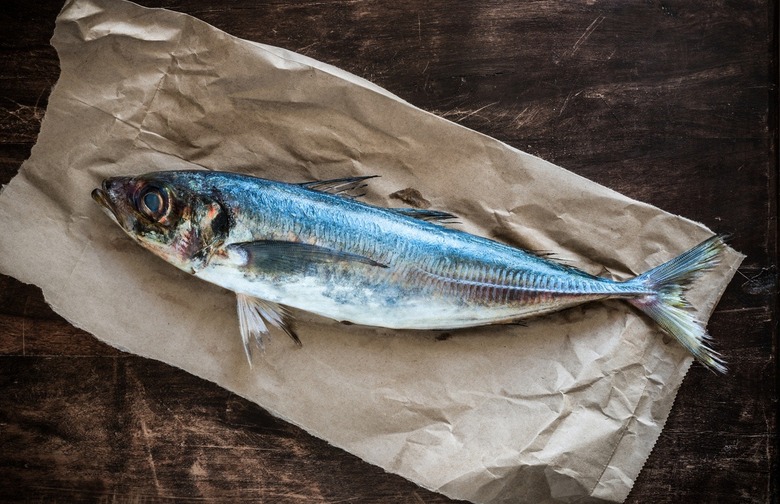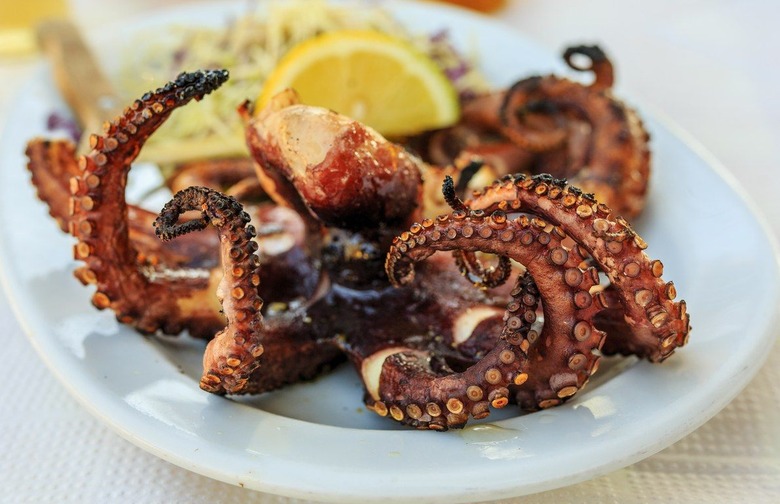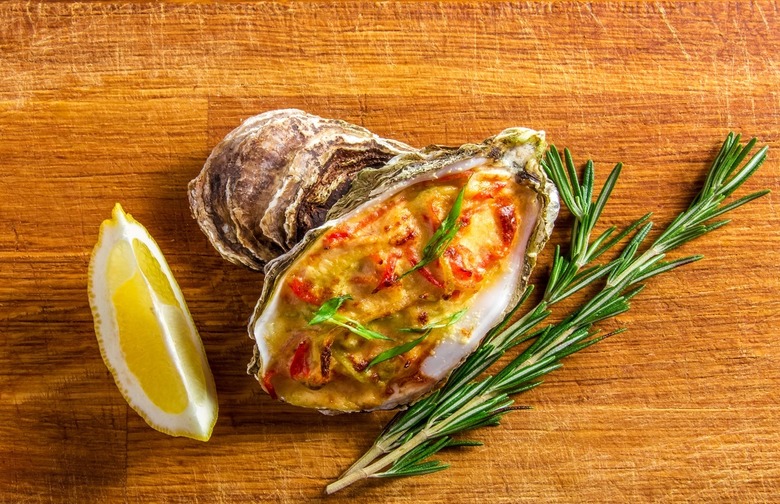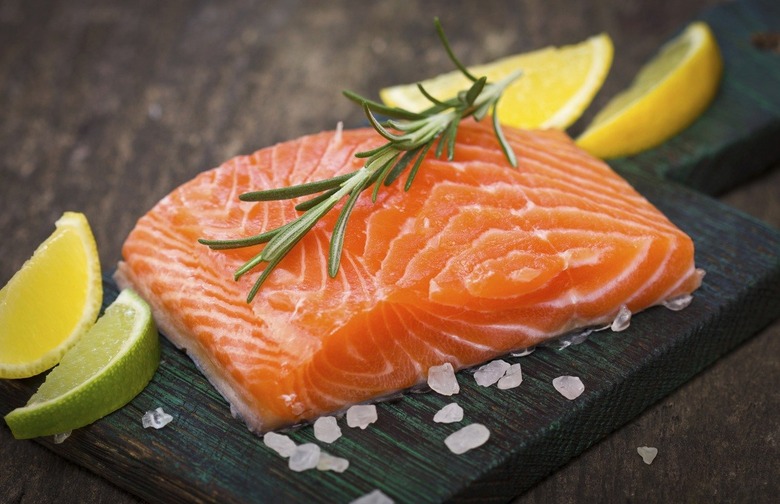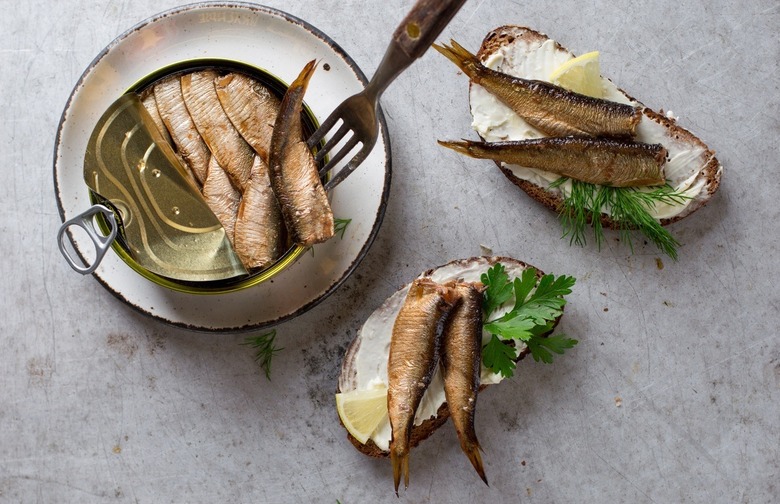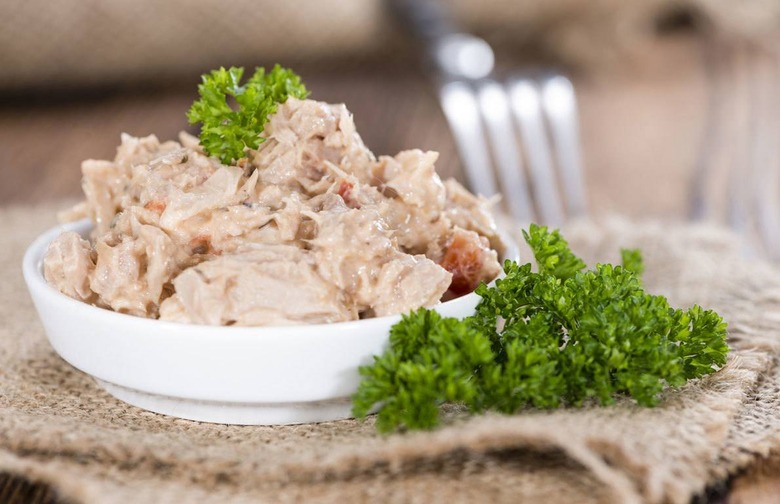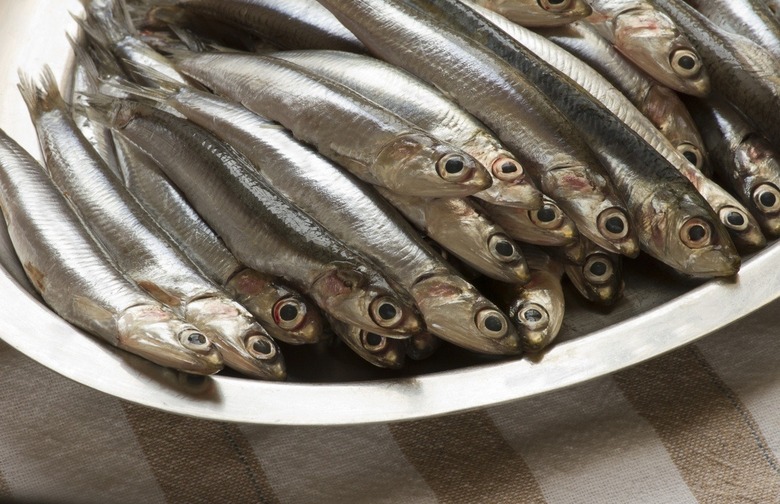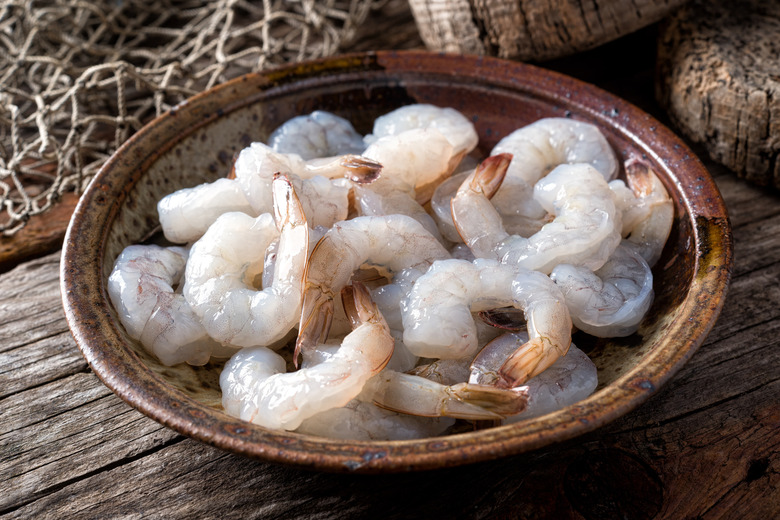The 10 Healthiest And Unhealthiest Canned Seafoods Slideshow
Clams are high in protein, low in fat, ecologically sustainable, carry a low toxicity risk, and are rich in a variety of minerals such as iron, potassium, and phosphorus. A two-ounce serving of canned clams contains only 30 calories, but still provides four grams of protein. Consider adding some to a pasta dish to get a little nutrient boost.
Eat: Mackerel
Mackerel is a big, oily fish, similar to tuna, but it has lower levels or mercury and is less at risk of overfishing. It's high in both omega-3 and -6 fatty acids and a good source of protein, and has been found to lower blood pressure in men. Try incorporating mackerel into your next fish taco night.
Eat: Octopus
The tentacles of the octopus may be off-putting to some, but many eaters find their chewy and meaty texture divine. Fresh octopus is rare and expensive, making canned octopus an affordable option. It's much tenderer, too. Octopus is neither particularly high or low in nutritional value. A four-ounce can of octopus in soybean oil has 13 grams of protein, 150 calories, and nine grams of fat. If you're feeling adventurous, try adding some to a citrusy seafood salad.
Eat: Oysters
Slurping down a raw oyster is a must-have culinary experience, but paying $2 or more per oyster is not realistic for many. Fortunately, canned oysters share a similar nutritional profile. Although slightly higher in calories than their fresh version, a one-cup serving of oysters has 17.5 grams of protein and more than 100 percent of the daily recommended allowance of iron.
Eat: Salmon
Fresh salmon is incredibly healthy, but it's also expensive. For a cheaper alternative, use canned salmon, which can be stored indefinitely, and, based on data from the USDA, has the same protein and omega-3 content as the fresh variety. Canned salmon rarely includes any sort of preservatives and can be purchased packed in water instead of vegetable oil. It's perfect for fish cakes, burgers, and salads.
Eat: Sardines
Canned sardines are excellent an excellent source of omega-3 fatty acids and vitamin D, and are one of the few non-meat sources of vitamin B-12. Sardines, more than other canned fish, vary in sodium and cholesterol content based on brand and canning liquid, so make sure to evaluate each one's nutrition label before choosing a can.
Eat: Tuna
Canned tuna used to be American's fish of choice. Consumption was as high as four pounds per person annually in the 1990s, but since then, that number has dropped considerably, presumably due to generally unfavorable views of canned goods, fear of mercury poisoning, and the perception that tuna is environmentally unsustainable. However, in moderation, canned tuna can be very nutritious, with a five-ounce can, water-packed, containing 32 grams of protein, 140 calories, and almost no fat. (The oil-packed variety contains roughly double the calories.)
Avoid: Anchovies
Although canned anchovies contain plenty of healthy fats, the sodium content for these salted fish filets is just too high. One two-ounce can of anchovies contains only 100 calories, but it also delivers more than 100 percent of the recommended daily allowance of sodium. If you decide to pick up a can, make sure to use the contents sparingly.
Avoid: Crabmeat
The flavor of canned crabmeat can't compare to the sweetness of a freshly cracked crab leg. A four-and-a-quarter-ounce of canned crab meat has 16 grams of protein, but it also contains 34 percent of your recommended daily allowance of cholesterol. Canned crab also uses more preservatives than some of the other canned seafoods on this list.
Avoid: Shrimp
On average, each American eats four pounds of shrimp per year, but to satisfy this shrimp craving, the U.S. is forced to import 94 percent of its shrimp, a lot of which ends up in cans. The problem is that the fishery and fish-farming practices of the main global shrimp exporting countries like India, Indonesia, and Thailand are difficult to observe or regulate. Farmed shrimp are heavily treated with anti-biotics in order to rapidly stimulate their growth and control disease, but this widespread use of sub-therapeutic doses of medicine leads to the development of dangerous anti-biotic resistant bacteria.
